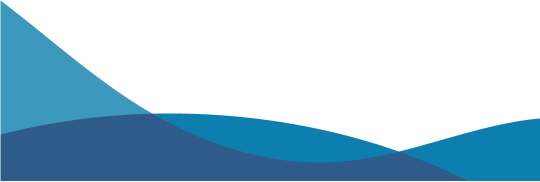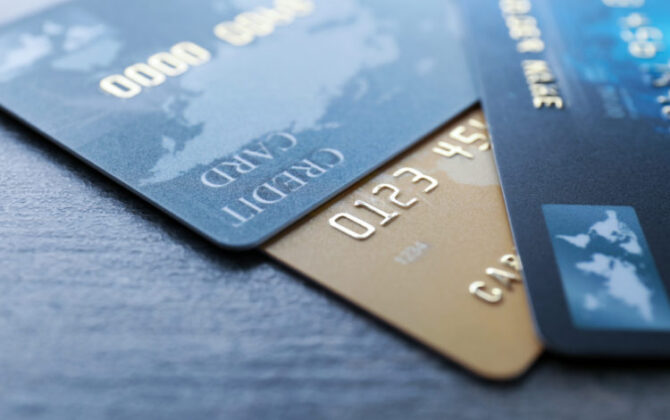Juggling debt can feel like a second job, and Americans are juggling a lot of it. In fact, U.S. household debt has climbed to $17.69 trillion in 2024, which means the country added $184 billion to household debt since the end of 2023, according to the Federal Reserve’s Quarterly Report on Household Debt and Credit.
These totals cover everything from student and car loans to credit card debt, but debt is debt, and it must be paid.
One strategy for paying off debt is to pay on time, pay regularly, and – for credit cards – pay more than the monthly minimum.
Another is to take out a personal loan to consolidate other debt and reduce your payment amount.
How personal loans compare to other loan types
Personal loans are unsecured debt, which means they are not backed by an asset lenders can take if borrowers can’t pay, like a house or a car. The trade-off is that banks generally charge higher rates for personal loans to offset the lack of an asset.
Despite the higher interest rate, using personal loans to repay debt can be a good strategy under certain circumstances – and it can save you money in the long run.
Reasons to consider a personal loan
Lower interest rates and freer cash flow are two reasons a personal loan could be a smart strategy, and could play out a few ways, including:
- The interest rate could save you money. Calculate the monthly payment and the number of payments of the personal loan. If the total is lower than what you’re currently paying, it’s a money-saving move.
- It could free up cash flow. Even if a personal loan does not save you money, it could still make sense because it provides a way to stretch payments over a given amount of time, in more manageable monthly payments.
Additional personal loan considerations
In addition to being unsecured debt, personal loans fall into the category of installment debt. Unlike credit cards, for example, which give users flexibility in terms of how much they have to pay each month, installment debt is a contract to pay what the lender says is owed each month.
While it can be challenging to consider taking out a new loan, it could be worthwhile considering a personal loan if you are looking for ways to manage or consolidate other debt.




